Hello everybody. Today I want to show you our traditional dress in Mahdia.
I was born and lived in Mahdia (Tunisia).
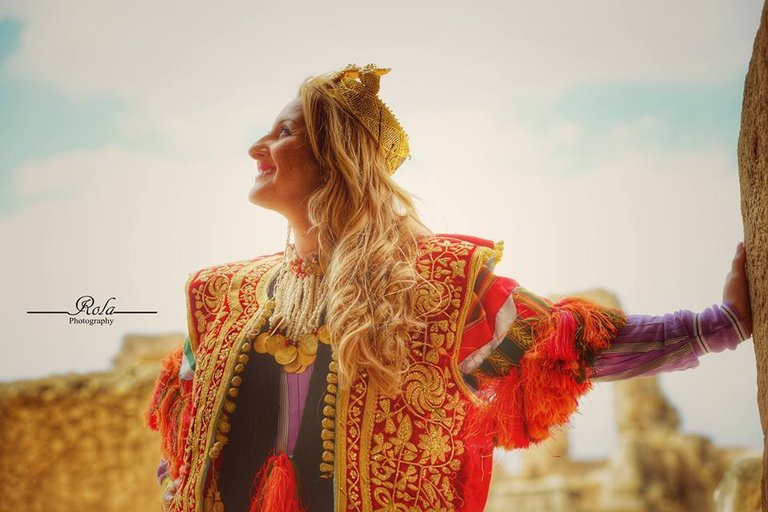
Mahdia is a very small city which is gorged with charm and history.
In Mahdia, the history of traditional textiles and clothes has begun since the 18th century, the weaving of silk was reportedly introduced by families of Jewish craftsmen from Libya who lived in Mahdia and since that time the families in Mahdia have taken up this profession and Woman in Mahdia has always used silk and cotton fabrics on which she embroideres geometric patterns representing symbols.
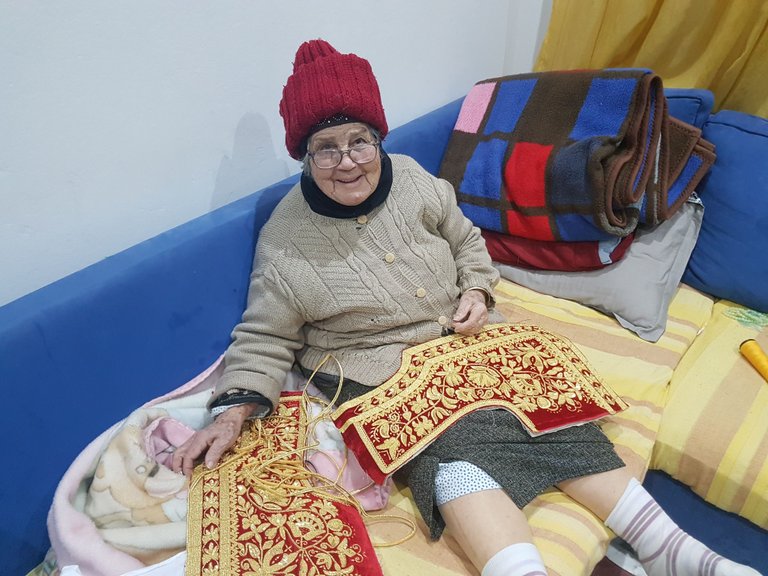
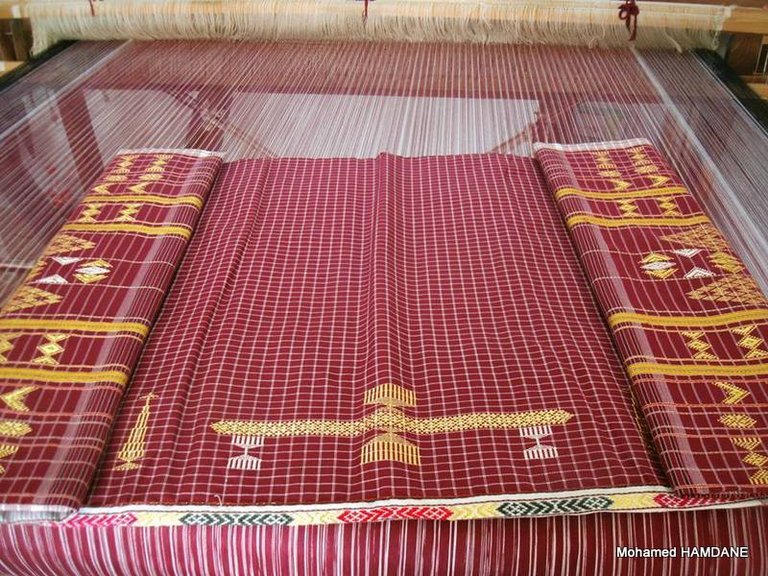
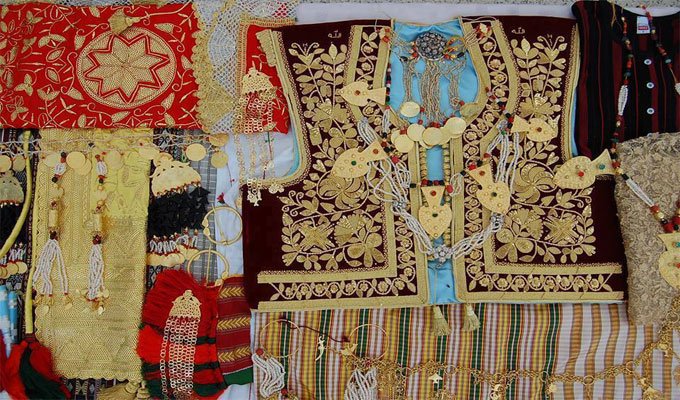
The candlestick has seven branches, the seal of Solomon ... other technique: the weaving of woolen yarns colored on tulle and the addition of patterns in gilt flakes and canetilles, .cest a cultural collection, made of silk, muslin .. ., Lace and tulle. A collection decaftans, djebbas, foutas and blousas, pants, corsets and waistcoats.
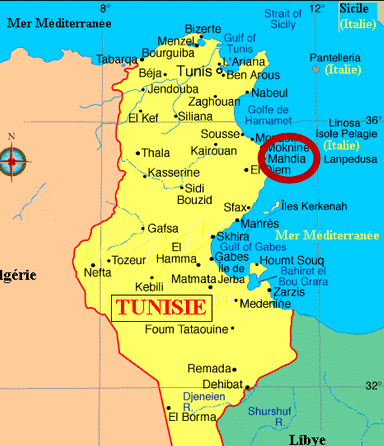
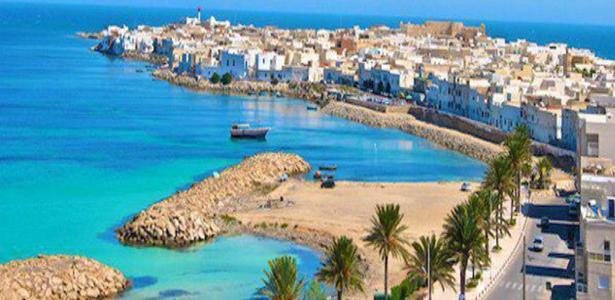
Since then the 18th century marriages in Mahdia were always caraced by these clothes which shows the mahdoise beauty fi 7enna or else fi jelwa.
Today if one walks in Mahdia and especially fi bled el3abi borjerras one finds many of the weavers who are working. It is a horizontal craft, on which lartisan operates more than seven pedals and as many shuttles, in the manner of a man-orchestra. The threads intersect and blend, multicolored, golden or silver.
Ribbons and fabrics are born, adorned with geometric patterns that have remained unchanged since the dawn of time.
The traditional dress of my city is the richest of Tunisia. At weddings, it is this traditional dress that distinguishes women based on their marital status. for example : young lady, newly married, married, pregnant ...).
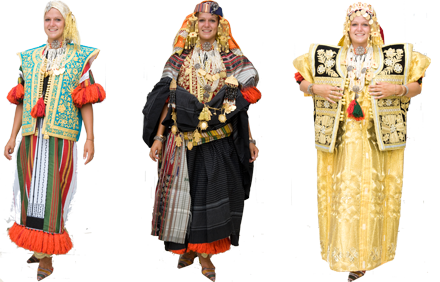
The full dress of a bride consists of 10 pieces richly embroidered with gold thread and decorated with jewelry made of gold, diamonds and pearls.
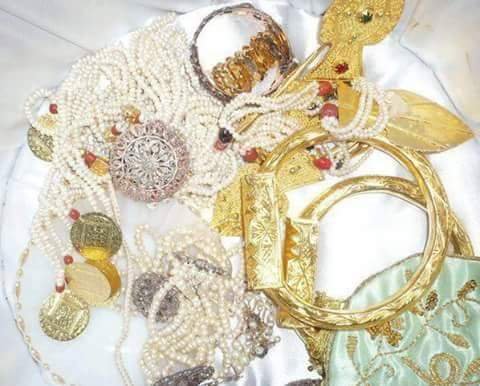
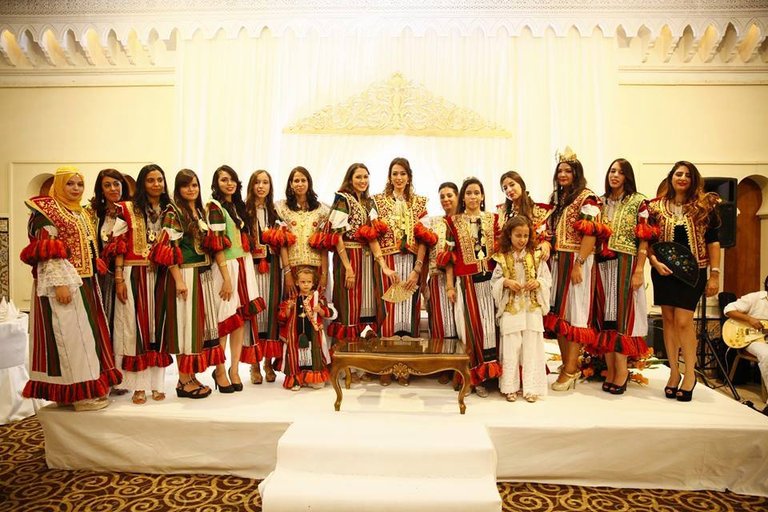
Costing more than 15 000 €, the traditional dress is a symbol of the importance of women in the society of Mahdia and represents a significant savings for the bride.
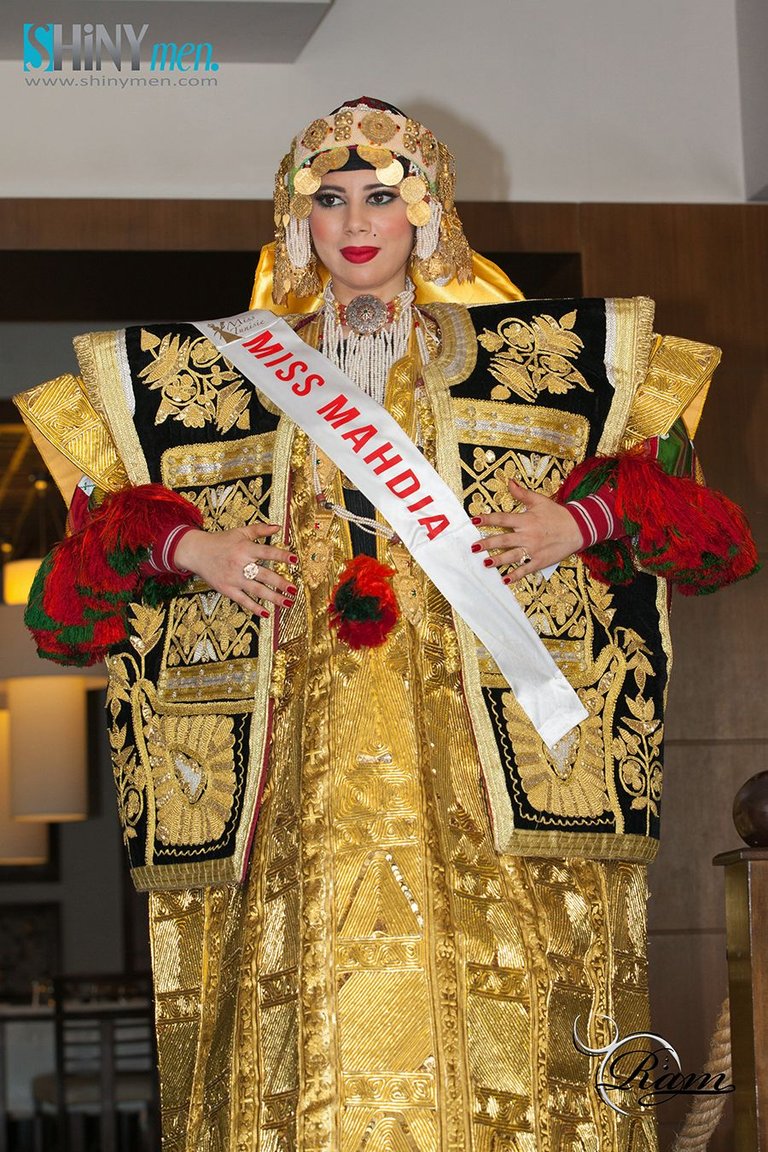
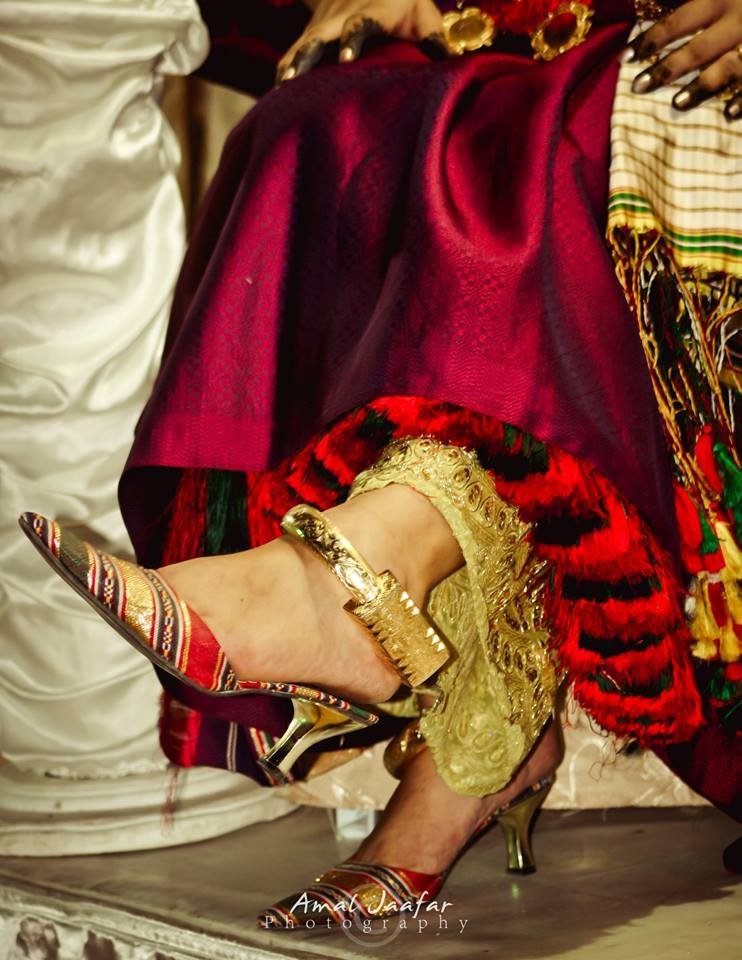
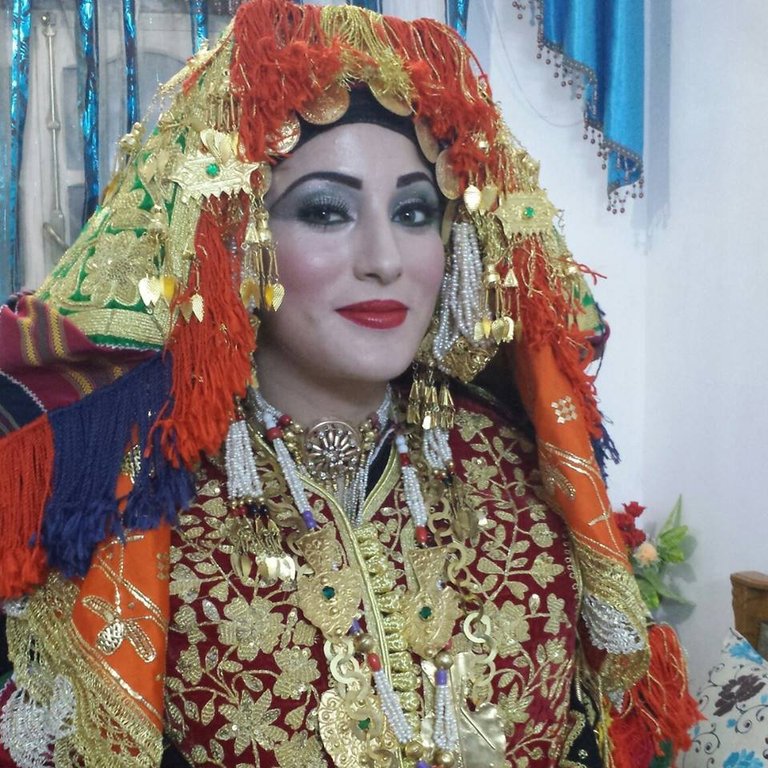

COOL!